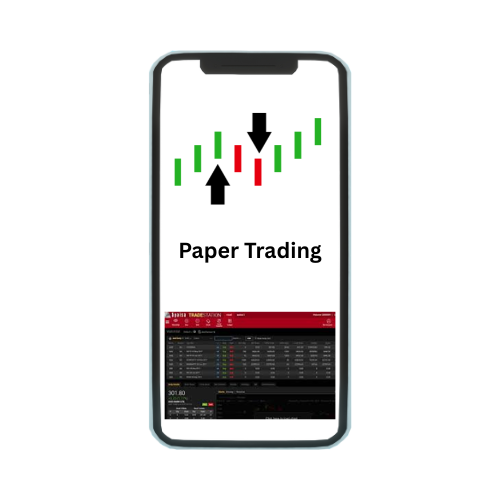The Zig Zag Indicator is a technical analysis tool used to identify significant changes in an asset’s price trend by filtering out minor price fluctuations. It helps traders and analysts focus on the most important price movements and discern the underlying trend. The Zig Zag Indicator connects high and low points of price movements, forming a series of straight lines that reflect significant peaks and troughs.
What is Zig Zag Indicator??
The Zig Zag Indicator is a technical analysis tool that simplifies price action by filtering out minor price fluctuations, helping traders focus on significant market movements. It connects significant highs and lows to illustrate the overall trend direction and identify potential reversal points.
How the Zig Zag Indicator Works
- Setting the Percentage Threshold:
The Zig Zag Indicator requires a percentage threshold to determine what constitutes a significant price movement. This threshold filters out smaller price changes, focusing only on substantial price moves. Common thresholds range from 5% to 20%, depending on the trader’s preference and market volatility.
- Price Movement Evaluation:
The indicator continuously evaluates price movements. When the price changes by an amount greater than the specified percentage from a previous high or low, it identifies a new significant point.
- Plotting Significant Points:
Significant points (swing highs and swing lows) are identified when the price movement exceeds the threshold. These points are then connected by straight lines, forming the zig zag pattern.
Steps in Detail
- Identify a Starting Point:
Typically, the starting point is the most recent high or low on the chart.
- Calculate the Threshold:
Determine the percentage change needed to identify a new point. For example, with a 5% threshold, if the starting point is ₹100, the price needs to move to ₹105 (for an upward movement) or ₹95 (for a downward movement) to identify a new point.
- Track Price Movements:
Continuously monitor the price. When the price moves by more than the threshold from the last identified point, plot a new point.
- Connect the Points:
Draw straight lines connecting the significant points. These lines form the zig zag pattern, highlighting major trends and filtering out smaller fluctuations.
Example Calculation
Suppose the threshold is set at 5% and we have the following daily closing prices:
- Day 1: ₹100
- Day 2: ₹104
- Day 3: ₹102
- Day 4: ₹108
- Day 5: ₹107
- Day 6: ₹111
Process:
- Starting Point: Day 1 at ₹100.
- Day 2 Price: ₹104, less than 5% change from ₹100, no new point.
- Day 3 Price: ₹102, still less than 5% change from ₹100, no new point.
- Day 4 Price: ₹108, exceeds 5% change from ₹100 (₹105), plot a new point at ₹108.
- Day 5 Price: ₹107, less than 5% change from ₹108, no new point.
- Day 6 Price: ₹111, exceeds 5% change from ₹108 (₹113.4), plot a new point at ₹111.
Adjusting for Time Frames
- The Zig Zag Indicator can be applied to various time frames (e.g., daily, weekly, monthly) to identify significant trends over different periods. The chosen time frame can significantly impact the sensitivity and relevance of the identified trends.
Benefits of the Zig Zag Indicator
- Trend Identification:
Helps in identifying the overall trend direction by connecting significant highs and lows, filtering out minor price fluctuations.
- Pattern Recognition:
Assists in recognizing chart patterns, such as double tops and bottoms, head and shoulders, and other reversal patterns.
- Simplification of Price Action:
Simplifies complex price action into clear, understandable segments, making it easier to analyze.
Limitations of the Zig Zag Indicator
- Lagging Indicator:
The Zig Zag Indicator is a lagging tool. It only plots significant points after they occur, which may delay trading signals.
- Parameter Sensitivity:
The effectiveness of the Zig Zag Indicator depends on the percentage threshold chosen. A threshold that is too low may include too much noise, while a threshold that is too high may miss significant trends.
- No Predictive Power:
It does not predict future price movements but highlights past price trends. Traders need to use it alongside other indicators and analysis tools.
Conclusion
The Zig Zag Indicator is a valuable tool for filtering out market noise and focusing on significant price movements. By setting an appropriate percentage threshold, traders can identify major trends and potential reversal points. However, due to its lagging nature and dependence on chosen parameters, it should be used in conjunction with other technical analysis tools to make well-informed trading decisions.



